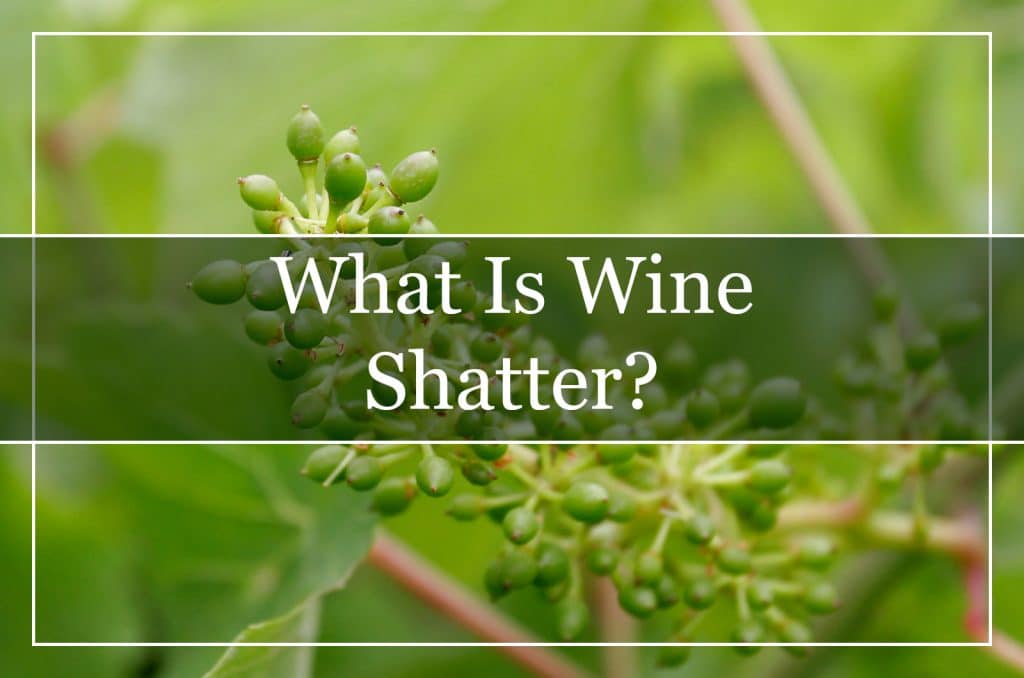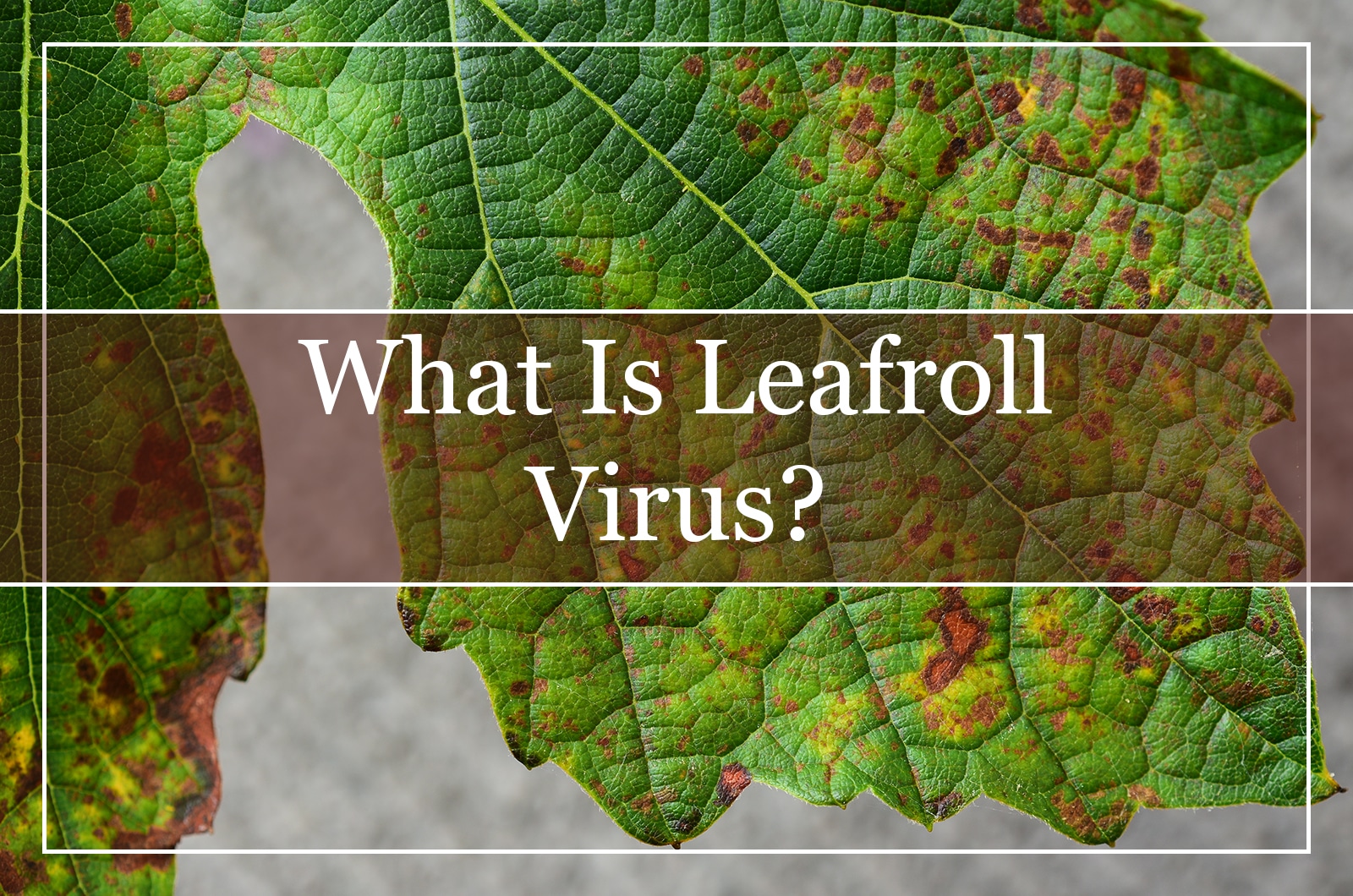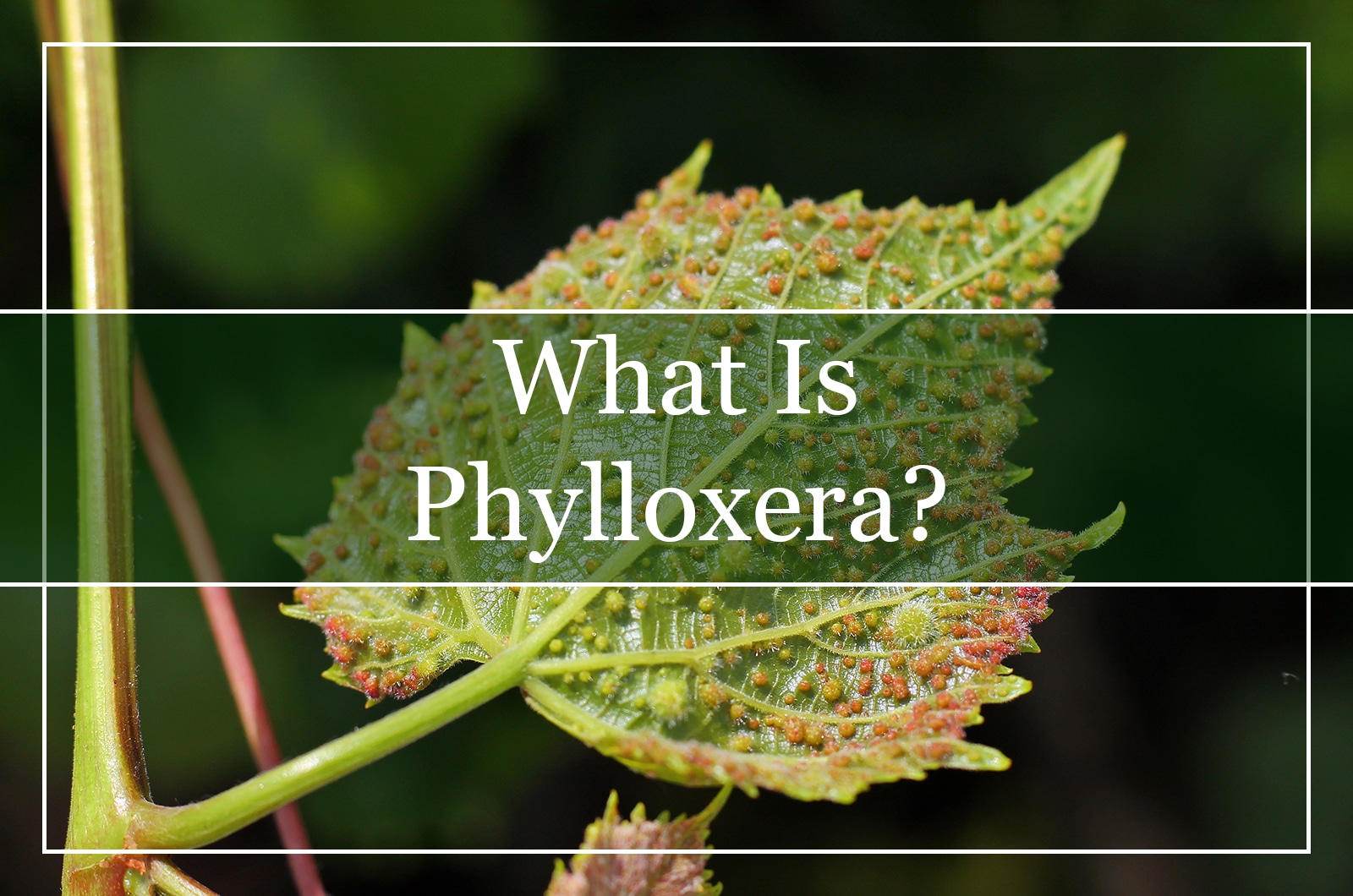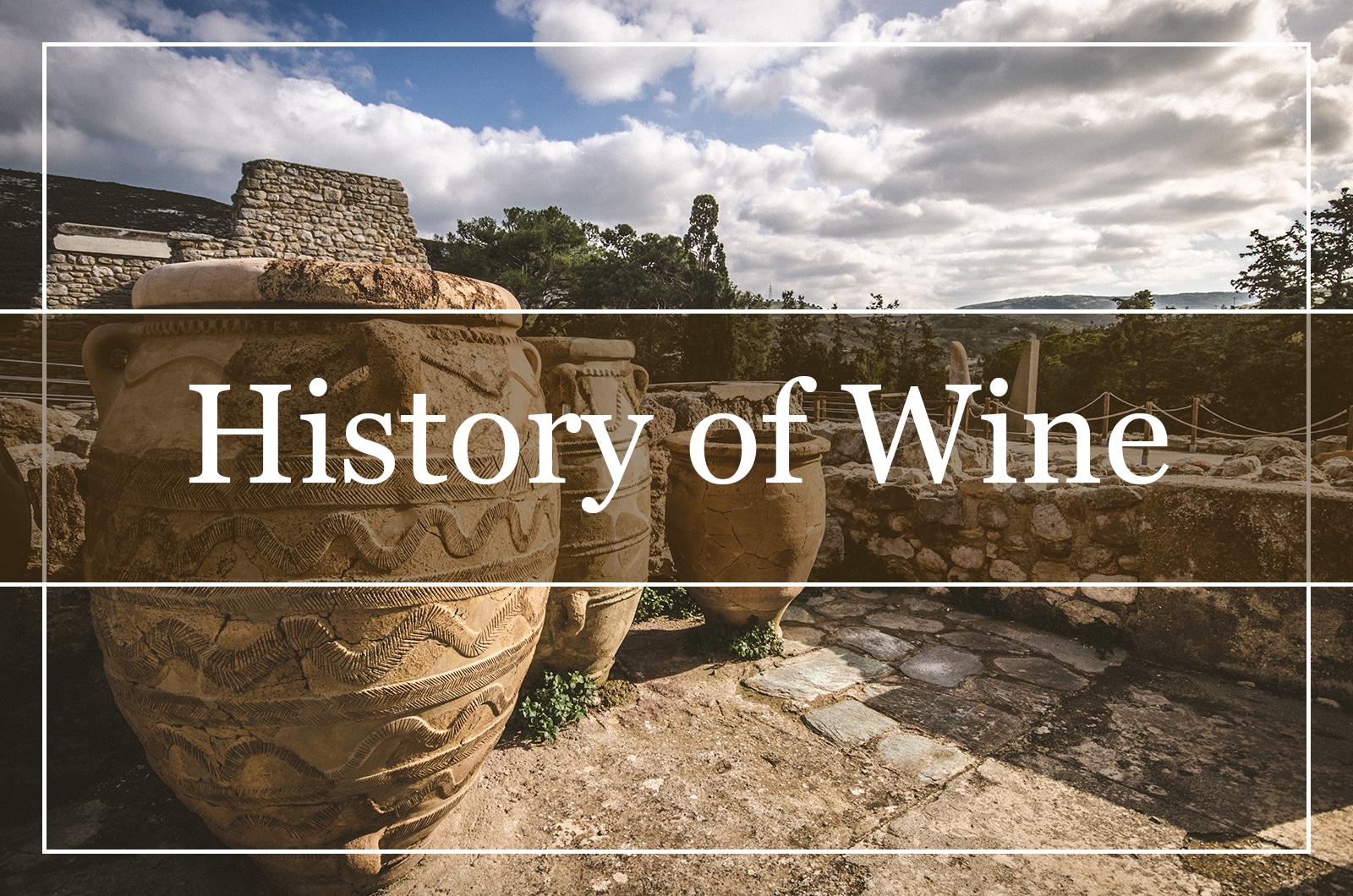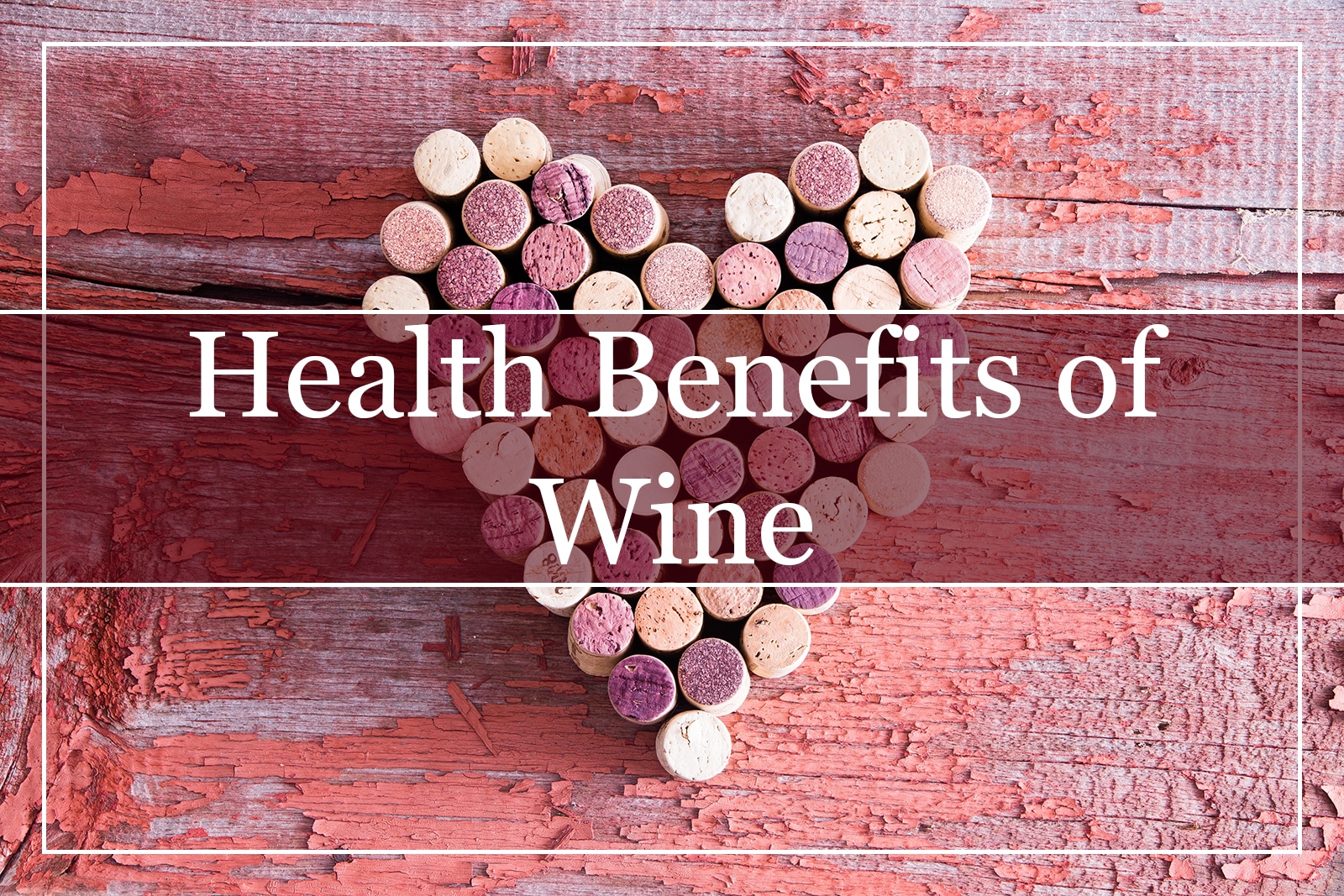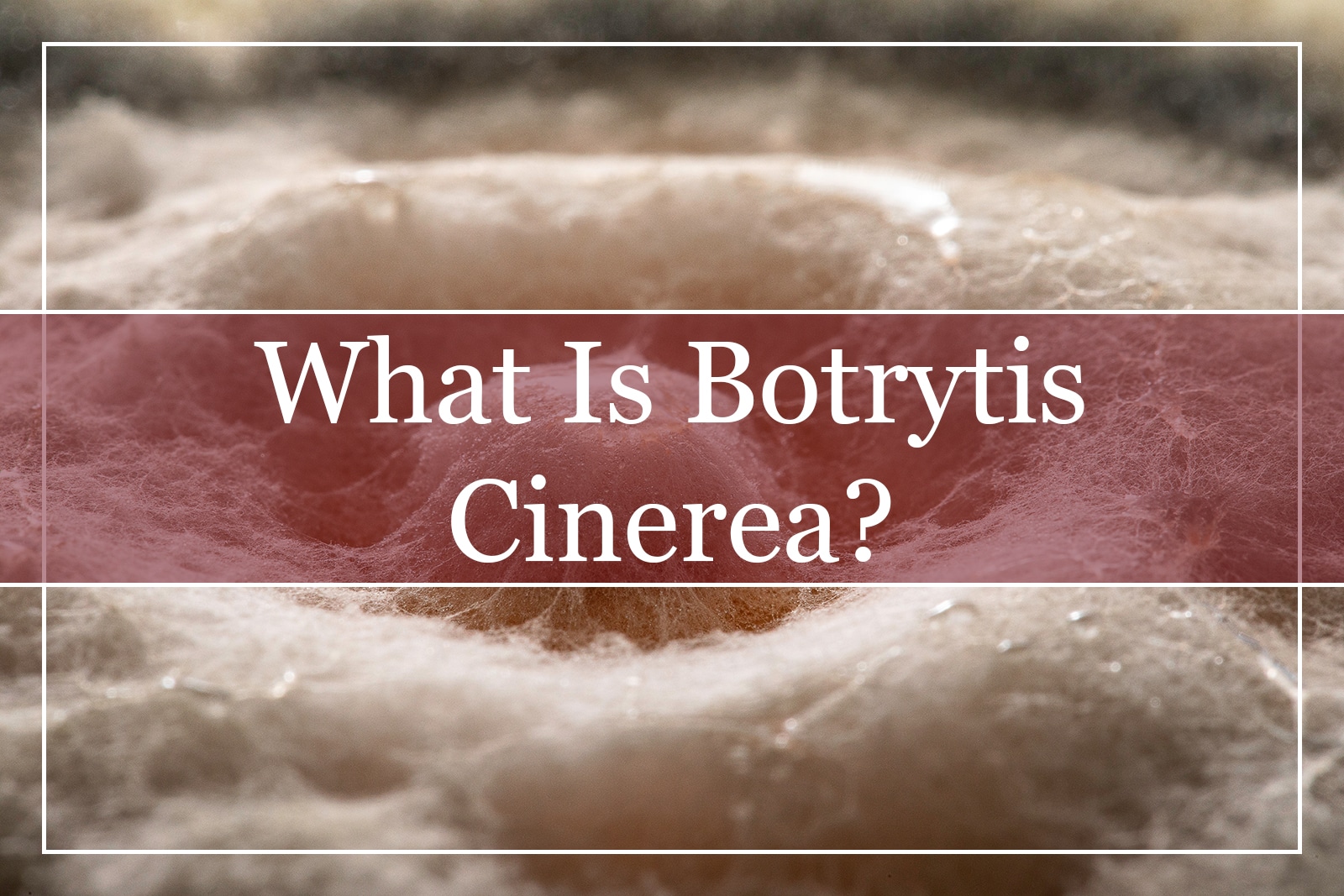Wine shatter is the term used for the phenomenon where a grape cluster does not reach maturity. Also known as coulure in French, wine shatter is caused by unfavorable climatic conditions. For example, if during pollination, the climatic conditions of a vineyard are too cloudy, cold, rainy, or the temperature is constantly high, coulure will develop. When that happens, the flowers on the grapevine remain closed and fail to be pollinated.
To understand this better, a fruit set occurs when a flower starts to develop into a grape. But sometimes, not every flower becomes a grape, and after the fruit set, the un-pollinated flowers drop off. So, if more flowers than normal do not fertilize, grape growers face what is known as wine shatter or coulure. And as expected, un-pollinated grapes will not produce good wine there will probably be no wine from the vine. On that note, some grape varieties seem to be more prone to coulure than others. These are Malbec, Merlot, Muscat Ottonel, and Grenache (Garnacha).
The Cause
The cause of shatter is linked to carbohydrate preservation. Technically, a vine with low carbohydrate and sugar levels will convert every food reserve to survive. In doing so, it restricts the development of flowers and grapes to support the plant as a whole. In all fairness, the way the vine strives to survive is a great biological adaptation, but it comes at the cost of enjoying palatable wine. Widespread shatter, however, creates an uncontrollable crisis for a vineyard, and it is challenging to recover from coulure once it has spread.
Additional contributing factors for the appearance of shatter include excessively fertilized vineyard soils, especially those with enhanced nitrogen-rich fertilizers, too vigorous rootstock, and severe, uncontrollable pruning will limit the amount of leaf surface needed to maintain photosynthesis.
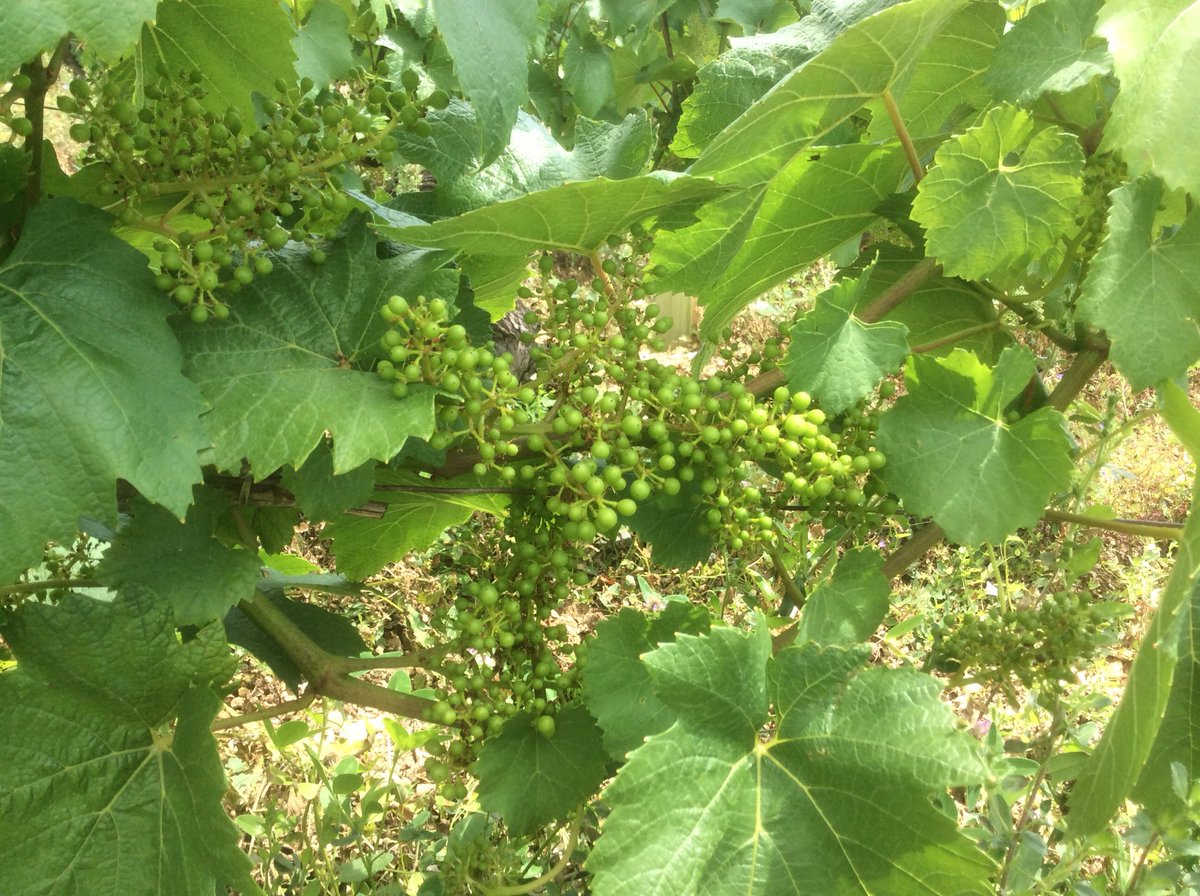
How to Avoid Shatter?
Avoiding shatter includes using grape varieties that are not prone to it, such as shatter-resistant clones or hybrids. As previously mentioned, several grape varieties are more sensitive to wine shatter than others. So, by choosing to grow clones or hybrids of those grape varieties that have less susceptibility to developing shatter, wine growers ensure a good and steady harvest. Due to recent developments in viticulture, there are coulure-resistant clones of Merlot and Malbec available at nurseries.
Furthermore, not over-pruning or pruning too early or too harshly is also a solution to avoiding shatter. This prevents the reduction of leaf surface which is essential for photosynthesis, the chemical process with which a plant generates carbohydrates. Another way to protect a vineyard from shatter is by trimming the vine when new shoots are about to compete with developing grapes. Avoiding over-fertilizing is a popular method for a shatter-free vineyard, too, as uncommonly rich soil tends to give lazy plants that avoid creating their food, thus, minimizing photosynthesis.
In general, consumers will rarely hear about shatter. The only way it might impact their lives is in slightly higher wine prices and a scarcity of a specific wine type.
How to Treat Shatter?
Considering the complexity of the reproductive cycle of a vine, treating coulure could take many years. From the moment the clusters are visible, the carbohydrate demand of the vine becomes vital, as it must meet the needs of flower development. To achieve this, it requires an optimal build-up of carbohydrate reserves. For this reason, the enhancement of flowering, especially on sensitive grape varieties, has to be achieved via implementing a suitable NSP (Nutrition and Stimulation Program). The NSP takes action on the nutrition of the vine, its reserve capacity, and the availability of important nutrients that enhance the resistance and delay of flower development.
As a final note, for non-organic viticulture, chemical-grown inhibitors are applied to the vine to limit shoot growth and prevent the appearance of shatter.
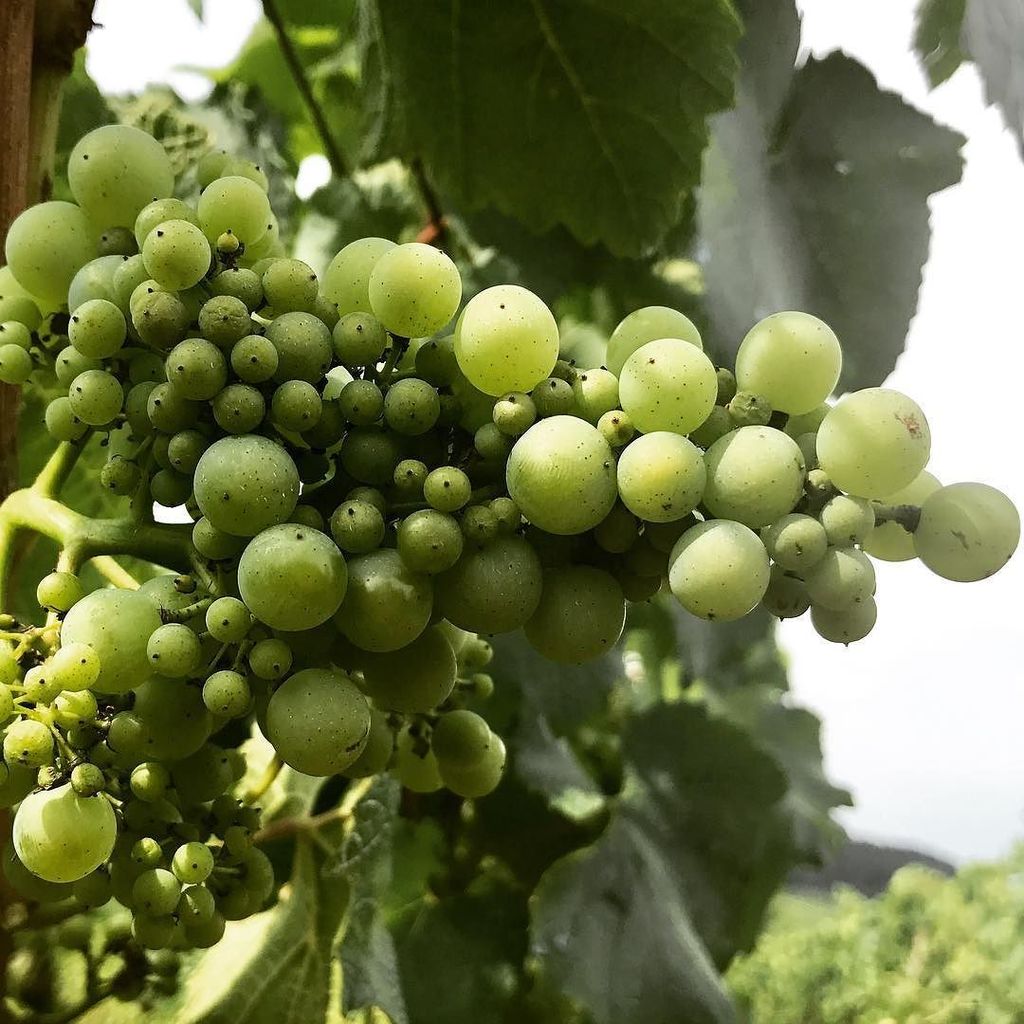
What Is Millerandage?
Sometimes, grapes remain small and are formed without flowers and seeds. This condition is known as millerandage and can occur at the same time with coulure. Millerandage is often referred to as hen and chicken. Hen berries, meaning the bigger grapes, are the result of the typical fruit set and contain seeds. However, chicken berries (uncommonly smaller-sized grapes) are seedless berries. Nevertheless, they can reach ripening.
Like with coulure, vines affected by millerandage have lower yields than usual. But, if the conditions following millerandage are favorable, grapes will still swell with water and sugars, increasing their flavor concentration. Overall, winemakers do not find millerandage that concerning since it does not necessarily equate to bad harvest or low quality of the resulting crop. Some viticulturists favor particular grape varieties with millerandage. The reduced berry size means that produced wine is expected to be of higher quality since there will be a higher ratio of grape skin per unit of grape juice, resulting in concentrated and flavorful wines.
How to Prevent Millerandage?
When winemakers do not desire millerandage, they apply techniques, such as green harvesting. That is the process of removing extra grape bunches with a high millerandage proportion from the vine to balance leaf area and fruit weight for a crop to achieve better ripeness. By doing so, the unpleasantly intense acidity and unripe flavors of the chicken berries are balanced. That said, sometimes grape growers let the chicken berries on the vine be harvested at a very later stage, unlike the rest of the grapes, to obtain a higher ripeness level to reduce unripe and astringent flavors. In this way, wine growers also avoid wasting a significant portion of their harvest and possible profit.

